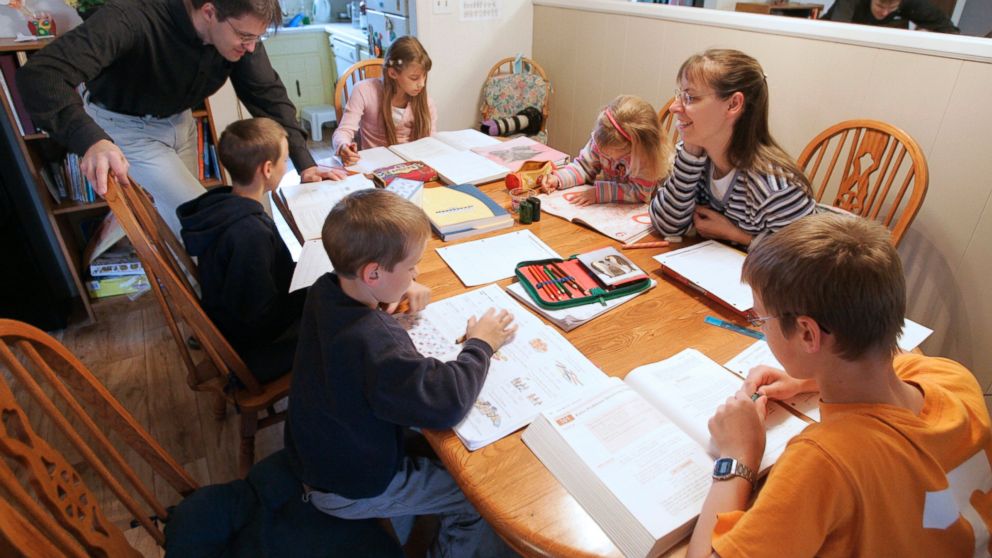The number three question asked of me, after: “How do you socialize your kids?” and “Which curriculum do you use?” is “How do you teach more than one age student at a time?”
It’s a good question, especially in our day and age, when most people school with same age peers. However, there are different levels of learning even within one classroom. Teachers spend years fine-tuning what is called “teaching with differentiation,” meaning making up lesson plans that span the differences in learning to teach all students at varying levels with the same lesson.
Therefore, the question for all teachers, homeschool and otherwise, is more accurately expressed as “How do we teach more than one child at a time?”
The key is to focus on teaching your children where they are academically and emotionally. Carefully consider their current knowledge and skills and make a plan to guide each child toward what they need to learn next.
Examples of Multi Age Homeschooling Approaches
There are many ways to implement multi-age teaching. Here are just a few examples.
- Student A can call spelling words to Student B, while you help Student C understand the concept of basic addition.
- Student A can sit and read with you, while Student B is practicing letter sound matching with Student C (and refresh his memory for stronger reading himself).
- Student C and B can sit quietly by themselves with a learning tool or online homeschool curriculum while you instruct Student A how to write an outline properly.
- You may find that your eight year old and your eleven year old are both ready to learn multiplication facts at the same time. These two students can play various multiplication based games together to help reinforce their learning as a team.
- (A similar alternative to above) Ask the eleven year old be the “teacher” and teach multiplication facts to the eight year old. This little trick would give the eleven year old the self-esteem boost needed, rather than feeling badly about not knowing something the eight year old is learning. Added bonus – actually learning the multiplication facts necessary in higher math.
Benefits of Multi Age Homeschooling
My kids are better off learning in a multi-age setting. Here is why:
- Independent Learners. My kids have moved beyond being “spoon-fed learners.” Because I have been hands-off at times in order to work directly with another student, each child has gained confidence to learn on their own. They have become “seekers;” active participants in their learning. “Seekers” learn more deeply and think more critically.
- Caring about Helping Their Siblings Learn. Because strategies for multi-age learning often involves students helping one another, children develop a vested interest in one another’s learning success.
- Mastery-based Learning. Because we focus on exactly what each child needs to learn rather than mindlessly “covering material,” our kids truly master skills and concepts.
- Well-Rounded Children. Seeing themselves as an active part of a “learning team,” children develop certain academic and emotional skills that hone personal strengths.
Learning at different levels is normal and easiest for you as a homeschool parent! Your children will learn more academically, seek information, and share their learning time with siblings. They will become patient, less selfish of your time, and begin nurturing a servant’s heart within themselves.
Multi-age homeschooling is a gift, not a burden!
Lisa Blauvelt (with her family and three dogs, two cats, a horse, pony, donkey, two red eared turtles, a fluctuating number of tadpoles and baby fish, and various other creatures collected by her adventurous boys) puts her education degrees to work at her home in the Deep South. There she teaches not only her own children, but others who come to her home to learn. Her decade long experience in teaching children to read will soon be published as a 476 page guide for parents.
